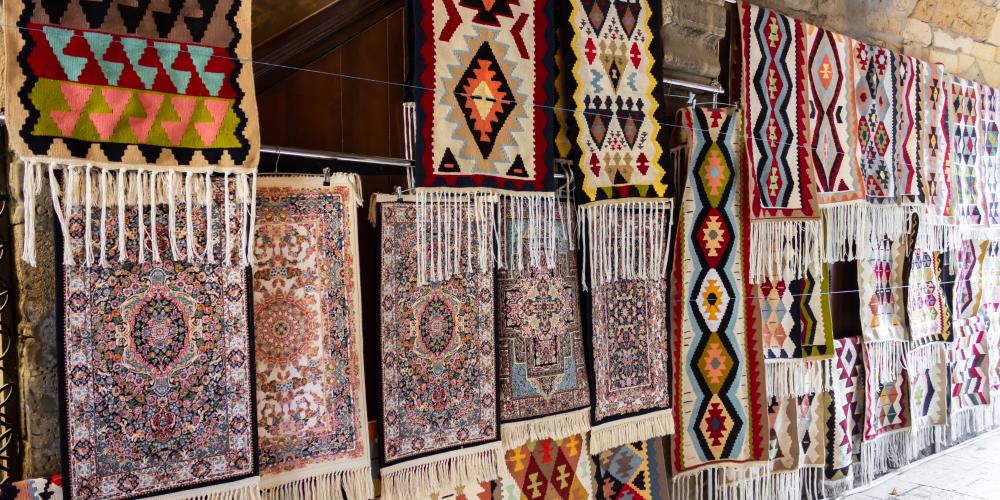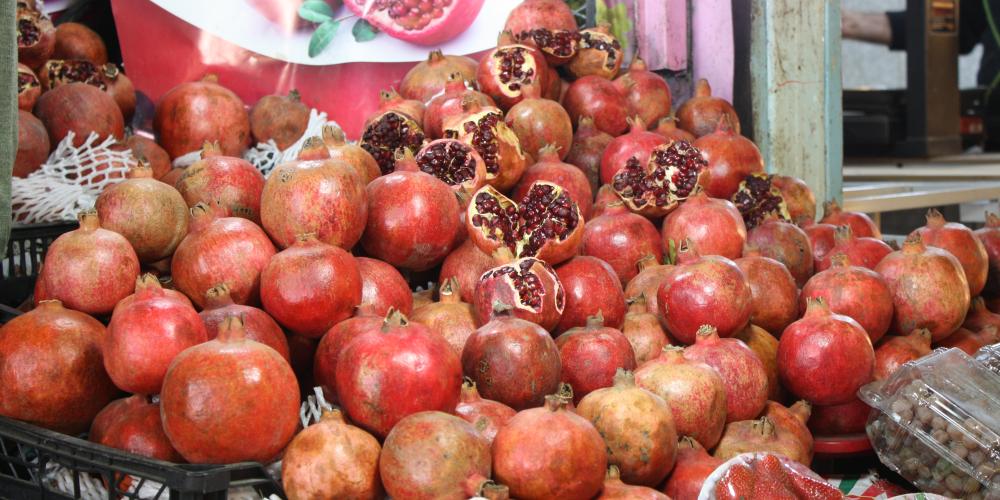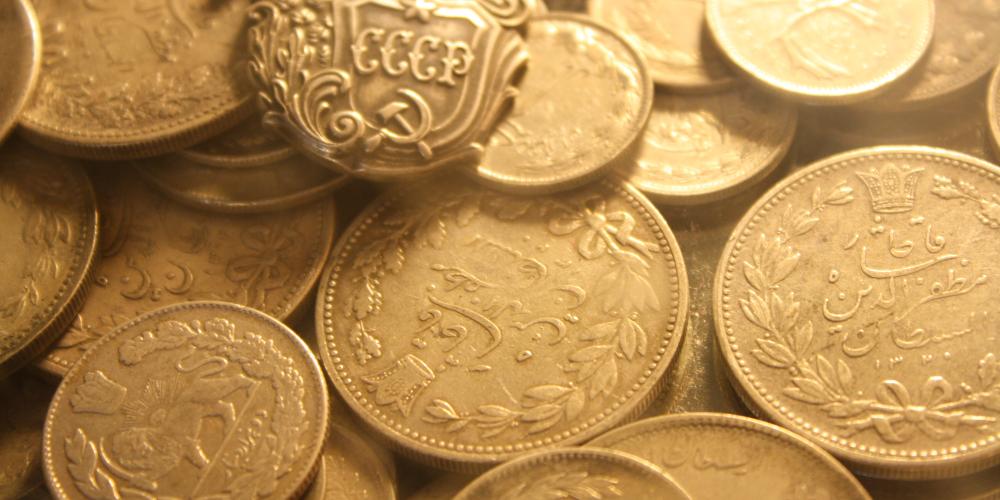Tabriz Historic Bazaar

Tabriz and its bazaar were already prosperous and famous in the 13th century when the town became a capital city. At a convenient meeting point on the Silk Road, it brought together people from all walks of life, with visitors from around the world coming to buy, sell, and trade goods of cultural importance. Even explorer Marco Polo is said to have described it as one of the richest trading centres in the world when he passed through around 1275.
Across the sprawling indoor site, the bazaar consists of 27 sub-bazaars relating to different goods and services. For instance, there are coppersmith products in one, carpets and rugs in another, plus fabric, jewelry, shoes, spices, and more. With high domes, arches, and interconnected brick structures, it can feel like a small city. So perhaps it's no surprise to discover the complex even has mosques, health clinics, and houses within its boundaries.
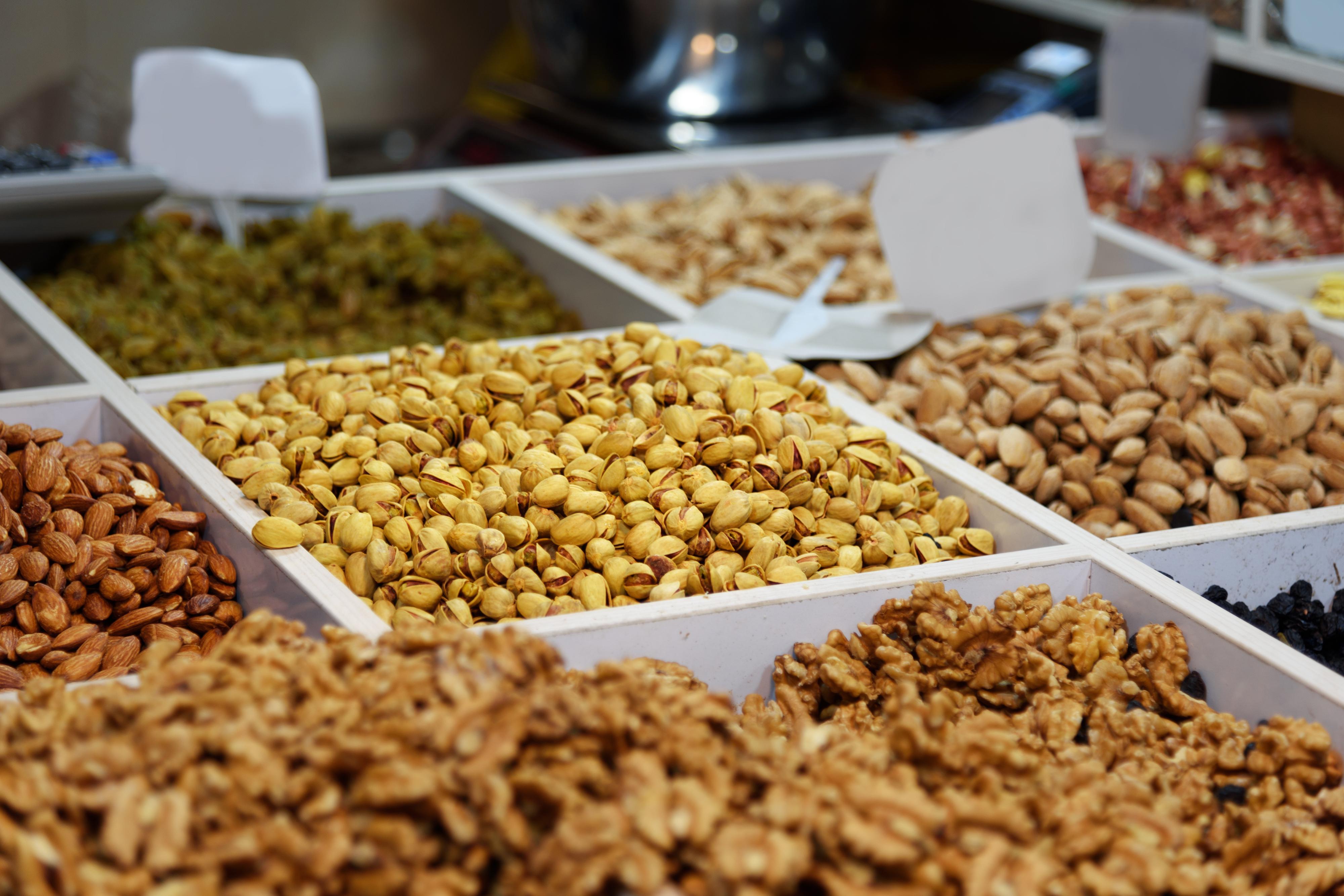
Today, it stands as an outstanding example of an integrated multi-functional urban complex in which the connected architectural structures and spaces have been shaped by commercial activities. It is the largest covered bazaar in the Middle East and one of the oldest, bearing a role in the prosperity of handwoven carpets across the province.
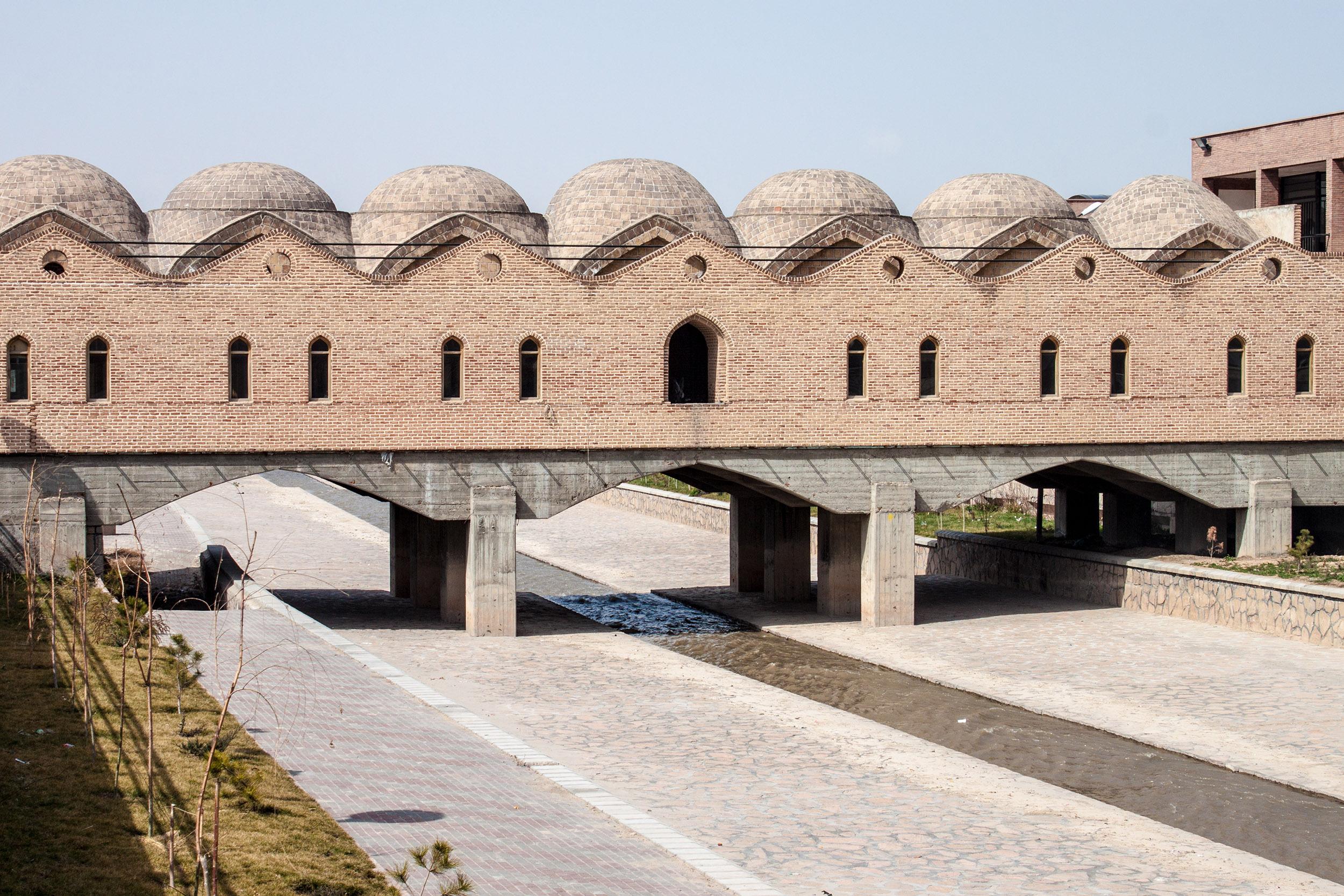
The integrity of the bazaar’s frontage and interior remains true to their 18th-century conditions. Moreover, the integrity of the activities that occur within the bazaar’s walls remains true to life here between the 12th and 18th centuries. The preservation of not only structure, but also of intent, marks the bazaar as a site of unique cultural heritage. It is, by its very essence, an honest attempt at the reconstruction of a medieval Iranian past.
History & Today
The construction of the original Tabriz Historic Bazaar Complex began over a thousand years ago. It was originally in the centre of the city’s old boundaries but today the bazaar stands just north of the city’s centre, although it's still a busy district of Tabriz.
While immensely popular between the 12th and 18th centuries, the bazaar complex stood at its commercial height in the 16th century during the political apex of the Safavid Empire, the Shi‘a Islam-governed Gunpowder Empire with roots in modern-day Iran. At the time of the empire’s height, political influence was concentrated in Tabriz, bringing significant wealth and power to the bazaar under Safavid administration. However, as its influence waned, so did business in the bazaar complex.
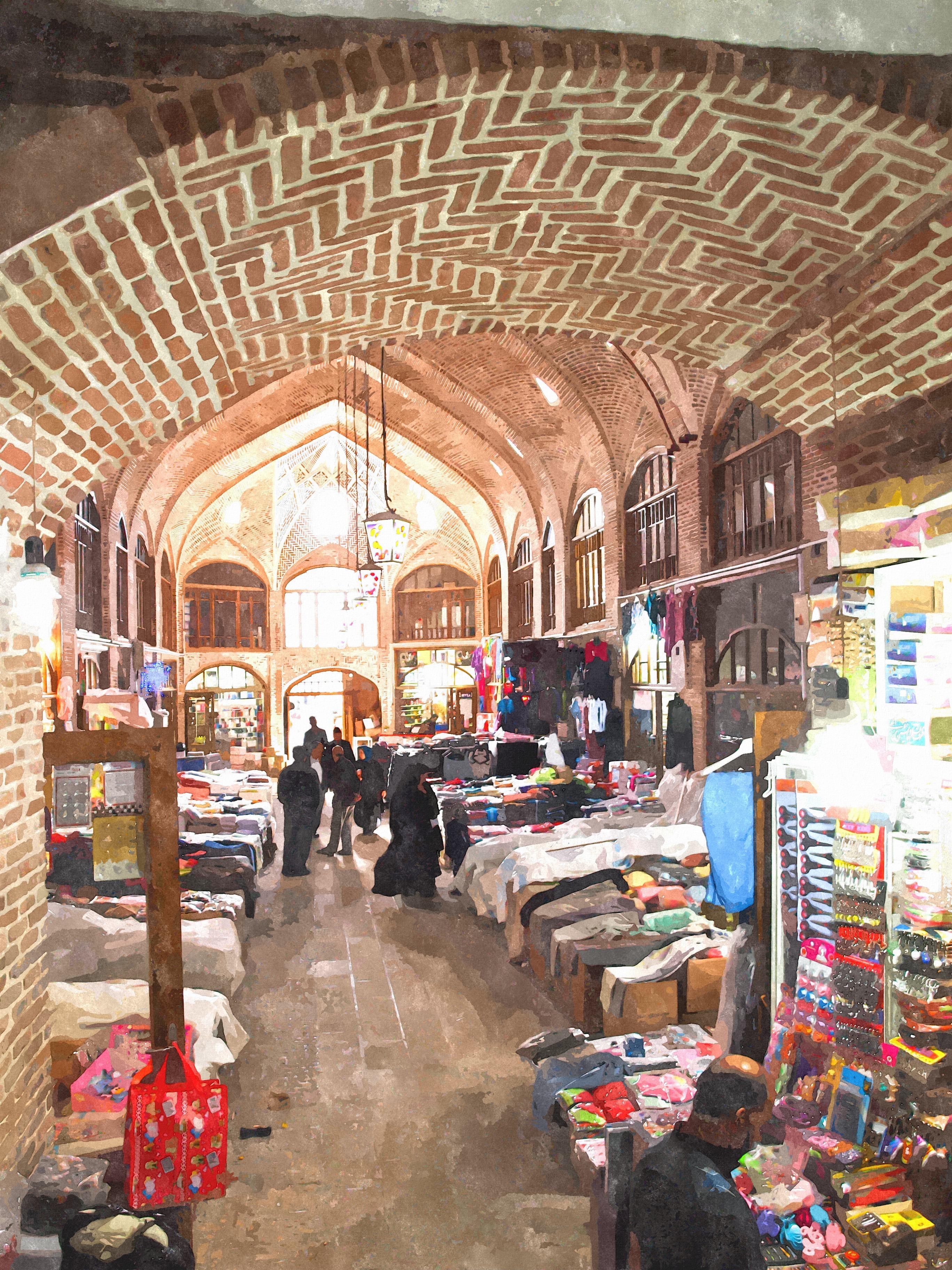
In 1780, the bazaar suffered damages from the 1780 Tabriz Earthquake, which killed tens of thousands of city residents. Retaining the original appearance and materials of the damaged complex, workers reconstructed the bazaar in the likeness of the original centre. In both the past and the present, the elegant design of the Bazaar Complex has provided a prototypical example of Persian city architecture, and this remains integral to the identity of the complex as a vestige of Tabriz’s cultural-historical past.
Wandering through the bazaar, you'll likely catch a glimpse of shop owners selling intricate hand woven rugs, spices, foods, and souvenirs. The bazaar no longer facilitates the number of travellers and visitors that it did centuries ago, partially due to safety concerns and partially due to its protected status as a World Heritage Site. However, a quick stroll through the grand arches indoors will show that the site remains popular among local shoppers and tourists alike. In the bazaar, it is possible to buy souvenirs like traditional sweets of Tabriz, nuts, and varni (typical Iranian rugs).

The bazaar, which also houses sites that are central to the cultural and religious fabric of Iranian society, continues to see important religious ceremonies and cultural traditions practiced within its walls. Tabriz Bazaar is an exceptional example of an architectural-urban commercial area, which is reflected in its highly varied and integrated architectural buildings and spaces. It is an exceptional physical, economic, social, political, and religious complex that bears an exceptional testimony to a civilisation that is still living.
Entering the Tabriz Bazaar may be easy but getting out can be harder, with a maze of paths leading through this enormous market. As the largest roofed bazaar in the world, the ancient architecture houses traditions both old and new, where artisans and craftsmen produce unique local goods for residents and visitors alike. Filled with enticing sights, sounds, and scents, there are over 5500 stores selling goods and services, a wide variety of restaurants offering cuisines from around the world, and natural sunlight percolating in from the outside.
How to get there
Located in the heart of old Tabriz, the Historic Bazaar Complex is easily accessible to city visitors. The city of Tabriz has several transportation options for all kinds of visitors, both local and international. From the Tabriz International Airport, travelers can call on a taxi, ride on a bus, or take to the railway station in order to navigate the city. However, there are no regular routes via bus or railway to the Tabriz Historic Bazaar Complex. By taxi, a ride between the International Airport and the Bazaar Complex is about 16 minutes, or just over 11 kilometers away. Those who prefer to travel by foot will face a somewhat longer transit period - about two and a half hours, depending on one’s walking speed.
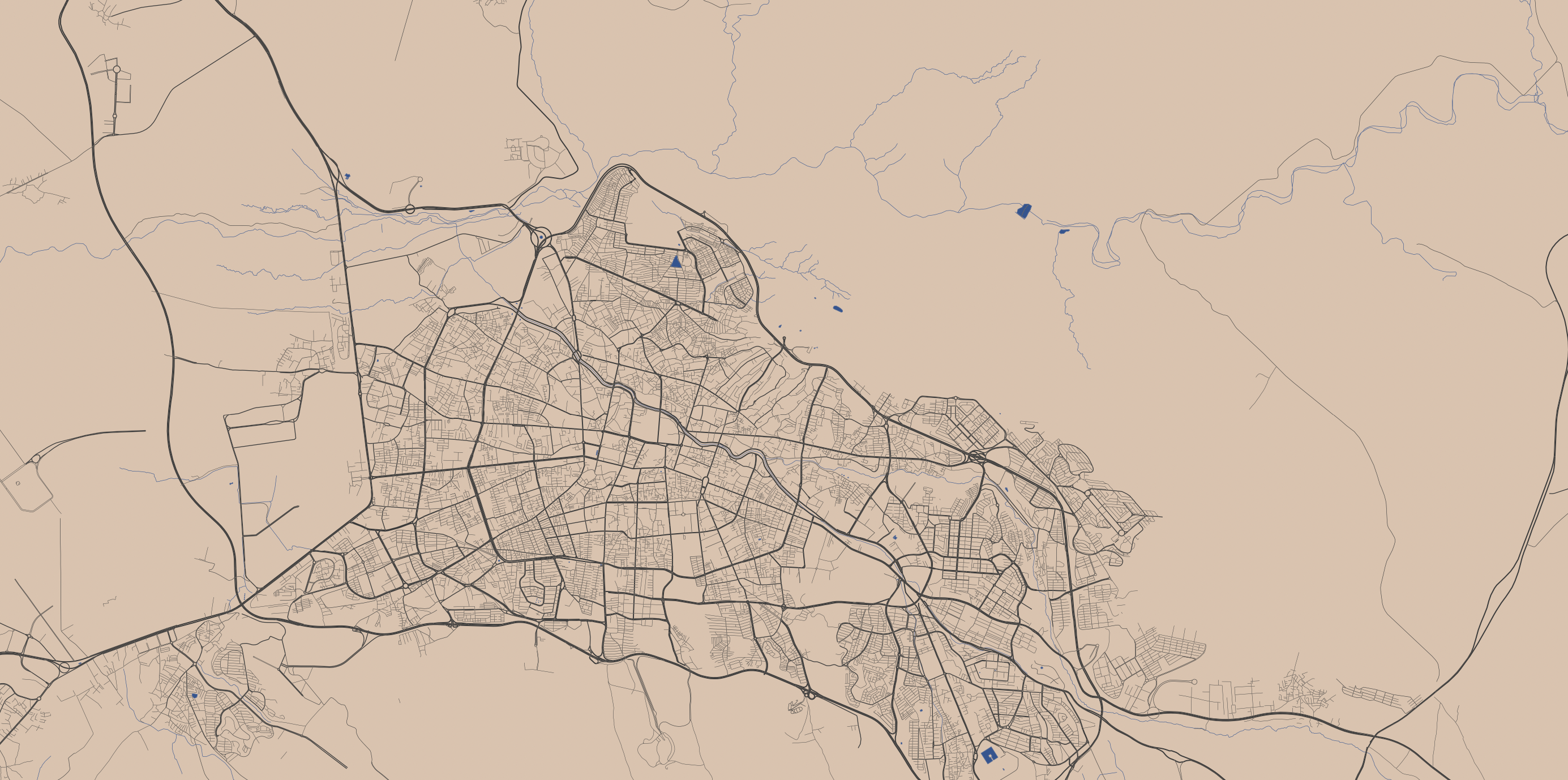
How to Visit
A thorough walkthrough of the Tabriz Historic Bazaar Complex could take weeks and several visits to complete. However, visitors to the Bazaar Complex may come for a variety of reasons, including visits to the caravanserais, grabbing a hearty meal, or attending prayer service at one of the Bazaar’s several masjids. A trip to the Bazaar Complex is unique to every traveler: it is completely customizable according to an individual person’s tastes, needs, and interests.
Sights and Attractions recommended by the locals
Tabriz Historic Bazaar
The Tabriz Historic Bazaar Complex is open year-round, except during the weekend and on national holidays. The Iranian work week runs from Saturday to Thursday, and Friday is the sole day of the weekend. During the work week, many shops close around the beginning of the evening. Visitors are encouraged to stop by the Bazaar Complex before 5:00 PM, when a majority of storefronts close for the day.

